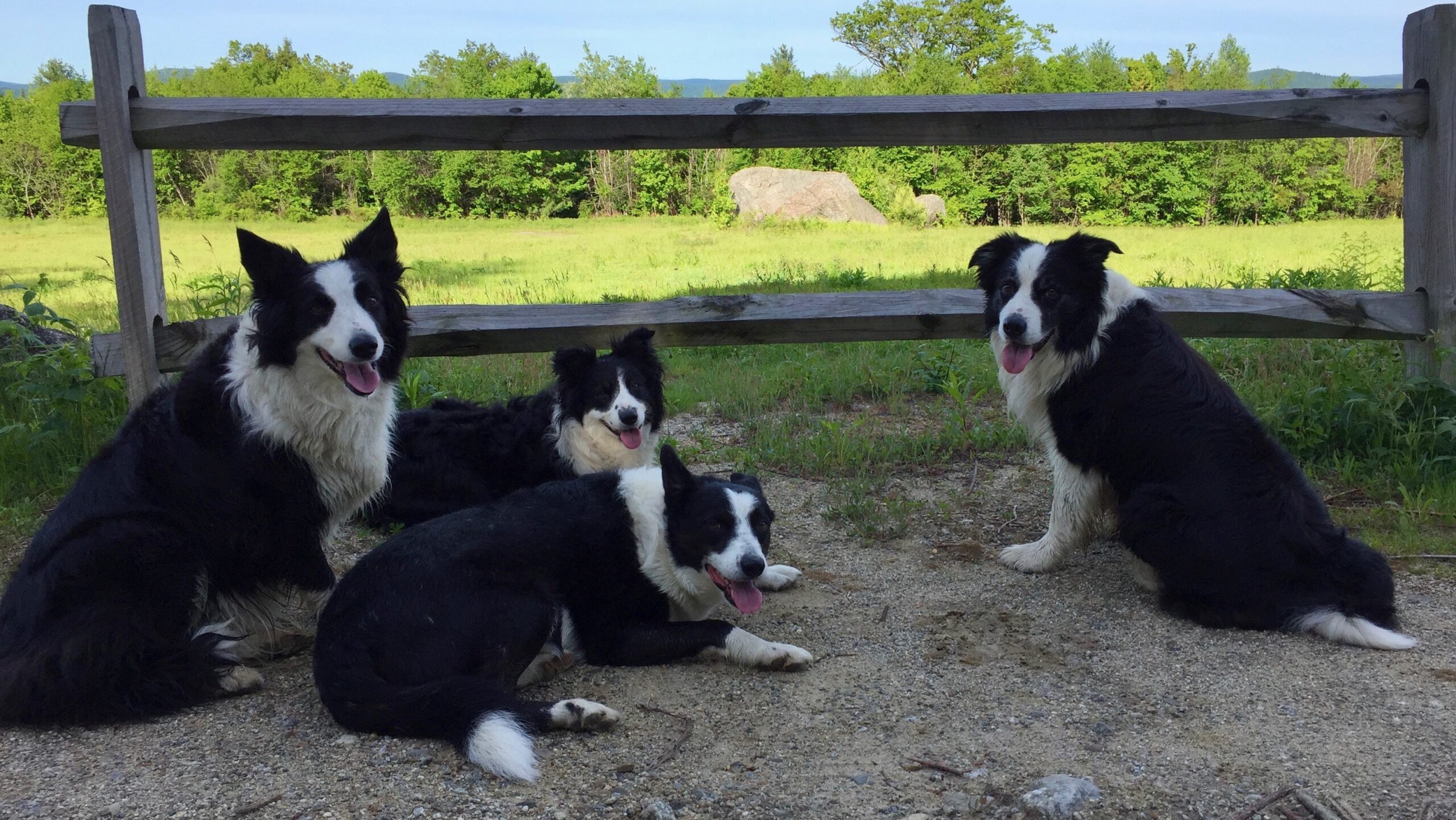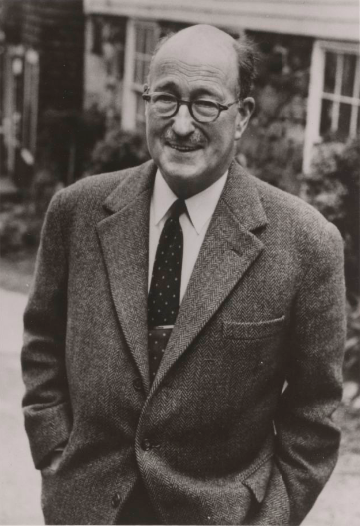I am a New Englander, through and through: by heritage, by birth, by upbringing, by temperament.
Having lived and worked around the world, there was never a question that I would return home to New England. I was born and raised in southern New Hampshire, in what was an idyllic colonial village, now swallowed up the the Boston sprawl, it’s character and authenticity all gone. The tidier-now houses in the village stand like a Hollywood false front, just a veneer of the bustling village life of my childhood.
I now call the Upper Valley of Vermont home. Vermont is like a journey home to my roots, still feels like old New England. And as fate would have it, I live in a house that was built in 1820 by a man whose wife’s grandfather is my 5X great-grandfather.
From an early age, I loved looking at (and occasionally taking photographs of) old New England scenes and architecture. My favorite photographer was named Samual Chamberlain. And my favorite book / collection of his is ‘The New England Scene, A Camera Profile‘, published in 1965. The picture book contains the best images from ten years of his famous New England Engagement Calendar. The New England Scene touches my soul, since it reminds me of the New England that was in the process of dying as I grew up, but still exists in pockets in far-flung places like Vermont.
The name of the site is dedicated to the memory of Samuel Chamberlain and to the New England heritage preserved in his photographs in his book. In books and tens of thousands of photographs, Mr. Chamberlain captured the essence of the New England scene …before the post-war (over)development.

Samuel Chamberlain was born in Iowa in 1895 and raised in Washington State. In 1915, he enrolled in the architectural program at the Massachusetts Institute of Technology (MIT). World War I interrupted his education, when he joined the American Field Service as a volunteer ambulance driver in France. In 1919, Chamberlain returned to the United States to finish his degree, and to work for various architectural firms and as a commercial artist. In 1922, he returned to France for a few months. On the return voyage aboard the Roussillon, he met his future wife, Narcissa Gellatly (1899-1988). They wed in 1923 and had two daughters, Narcisse (1924-2008) and Stephanie (1931-1993). In the mid-1930s, they settled in Marblehead, Massachusetts. Chamberlain began to refocus his artistic talents from etching to photography. He taught graphic arts at MIT from 1934 until World War II, when he was assigned to a photo-reconnaissance unit.
The Samuel V. Chamberlain Collection of Photographic Negatives includes approximately 70,000 film negatives. Photographs largely center on architecture, landscapes, and interiors, primarily taken in New England, France, England, and Italy. Chamberlain published nearly 100 books via a collaboration with Hastings House. The collection includes a modest number of images of his family and friends. During his career, Chamberlain worked for a number of publications such as Pencil Points, and published widely on subjects he encountered during his travels. Throughout the 1940s and 1950s, Chamberlain collaborated with his wife on cookbooks, including Clémentine in the Kitchen. The Chamberlains’ love for Europe would lead to the publication of travel books on France, Italy, and England. He invented the week-by-week photographic engagement calendar in 1940.
During his lifetime, Chamberlain was widely respected for his work as a printmaker, artist, photographer, and writer. He was a member of the National Academy of Design, the American Institute of Architects, and other prestigious societies in America and Europe. He received many awards and was a founding member of the Marblehead Arts Association. He died in Marblehead in 1975.
Digital Commonwealth – Massachusetts Collections Online
The Commonwealth of Massachusetts took the initiative to preserve and make Mr. Chamberlain’s work available to all, free online.
The Smithsonian website contains an interview with Samuel Chamberlain as part of its oral history.
An interview of Samuel Chamberlain [(1895-1975), etcher and photographer from Marblehead, Massachusetts] conducted 1972 September 25, by Robert F. Brown, for the Archives of American Art. Chamberlain tells of the influence of his parents, his study of architecture at Boston Tech. [now called M.I.T.], his practice of free-lance art and his work for an architectural firm. He also speaks of his European travels and plans to become an artist in France, of learning printmaking in France and experimenting with different printmaking media. He concludes by talking about his photographic work, getting his photographs published in books on architecture, his feelings about small towns and cities, and teaching printmaking.
Smithsonian Archives of American Art
This site contains my own New England scenes, photos of my dogs –sheep dogs (or working borer collies)- mostly here in the Upper Valley of Vermont, but also in our travels.

